| As a history teacher, I am often asked by people what my approach is to engage students in what many adults remember as being a boring middle or high school experience in the classroom. It's not an easy question to answer or a simple answer to explain, but in recently applying for a fellowship position I was confronted with that exact task in the application. Here is my take on why teaching the US Constitution is so utterly important in developing a well-informed voting populace, and perhaps more importantly, in ensuring that our democratic experiment continues to progress towards the ideal of a "more perfect union." |
The ultimate challenge in teaching American History is that the revolutionary ideals at the heart of our founding documents were hypocritical and flawed. The Constitution’s inspirational rhetoric stands at direct odds to what my African American students see as their forefathers’ own lived experiences. That “all men are created equal” really meant all white landowning, males is a bitter pill to swallow. The flaws and inconsistencies of the Constitution are not just roadblocks to student understanding, but opportunities to live out our creed and shape the nation in their own mold.
The Constitution sets forth a noble goal: “We the people of the United States, in order to form a more perfect union…” This bold proclamation firmly entrenches two beliefs: First, that the government is created by the people of this nation, and second, that our democracy is fluid as we aim to perfect our nation. These two guiding principals illustrate the importance of studying the Constitution and guide how I teach history. The Constitution serves as the backbone for my students’ exploration of American History.
Beginning in the seventh grade, my class explores colonial life and the rallying cry of “no taxation without representation”, through the formation of our nation. Indeed, the first year of my two-year course centers on civics and how the Constitution was interpreted and implemented through the end of the 19th Century. From investigating the Constitution, my students understand the framework of how our American democracy works. But they also, through explorations of the slave trade and the Civil War, understand the shortcomings of the application of these ideals and rights to the broader citizenry.
My eighth grade students spend an entire term investigating the Civil Rights Movement. In tackling these modern issues, students begin to realize how we have progressed towards the ideal of “a more perfect union.” In fact, we recently debated whether or not the 14th amendment should be revered as the most important component of the Constitution. Stemming from our historical investigations, a few astute students brought up how the current gay rights issue coming before the Supreme Court is not unlike the struggle of the Civil Rights Movement. They posited that since the 14th Amendment was previously used to extend rights to African Americans and women, why not apply it more broadly to homosexual or transgender individuals. Their insightful interpretation of the Constitution speaks directly to the culture I foster in my class and the importance of teaching the Constitution in middle school.
President Franklin D. Roosevelt said, “Democracy cannot succeed unless those who express their choice are prepared to choose wisely. The real safeguard of democracy, therefore, is education.” This incredibly poignant maxim is at the root of my students’ exploration of American History. Through all its flaws and hypocrisies the United States Constitution still stands as a beacon for freedom in this nation.
Understanding the past and instilling a sense of civic pride and responsibility is how you achieve a better democracy, and indeed a better nation. It will be up to my students to take up the mantle for freedom and use their historical and Constitutional knowledge to shape this nation in their own image, to make this nation one in which they are proud to live, and one in which we continue our march towards a more perfect union.
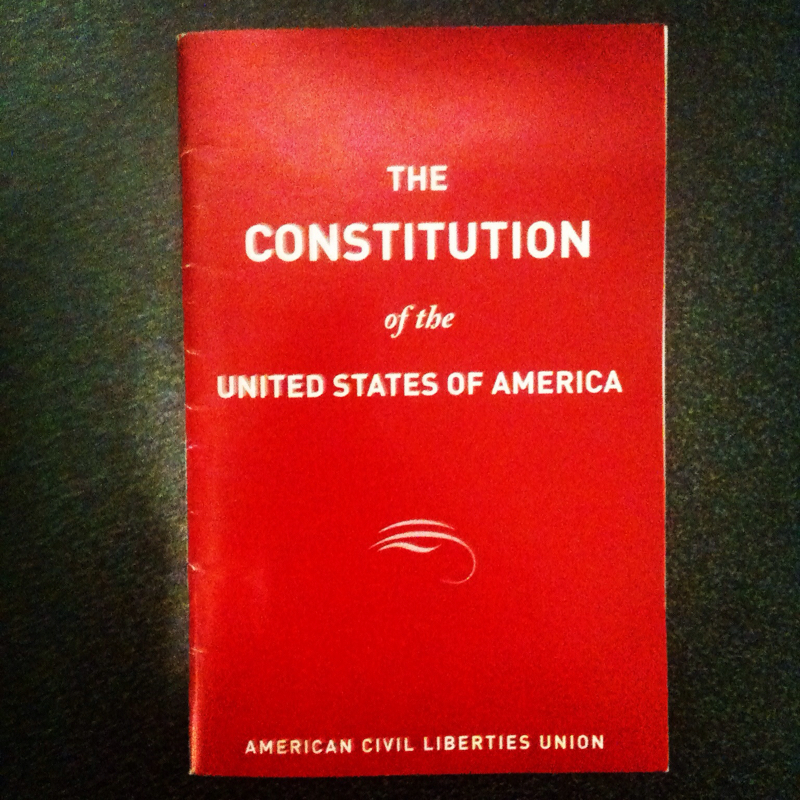
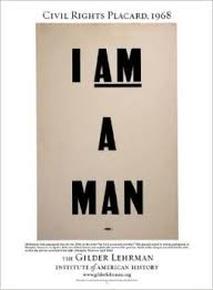

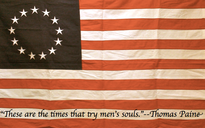
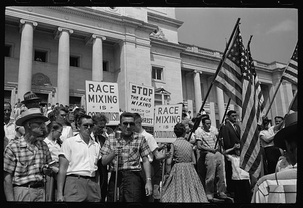
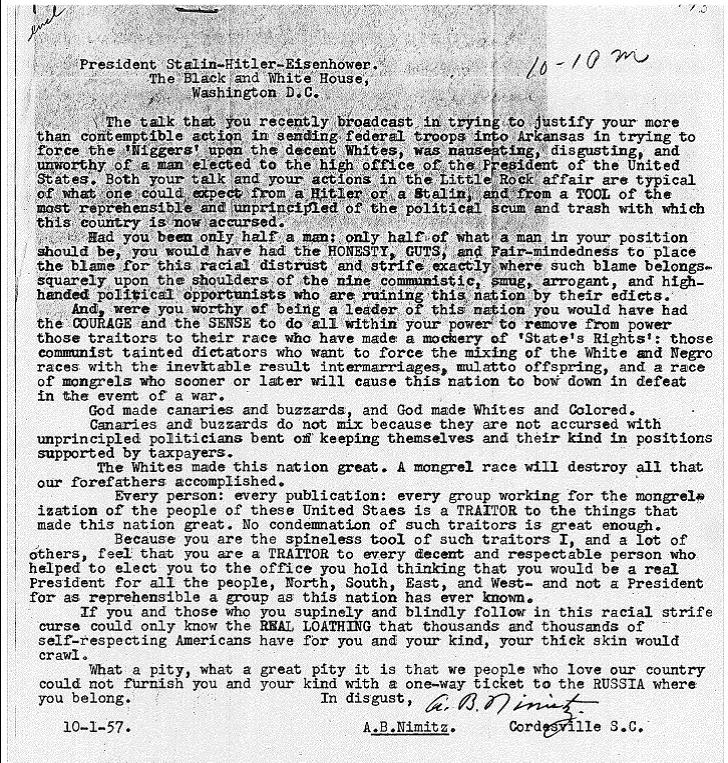
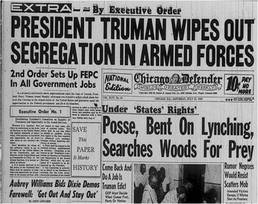


 RSS Feed
RSS Feed

